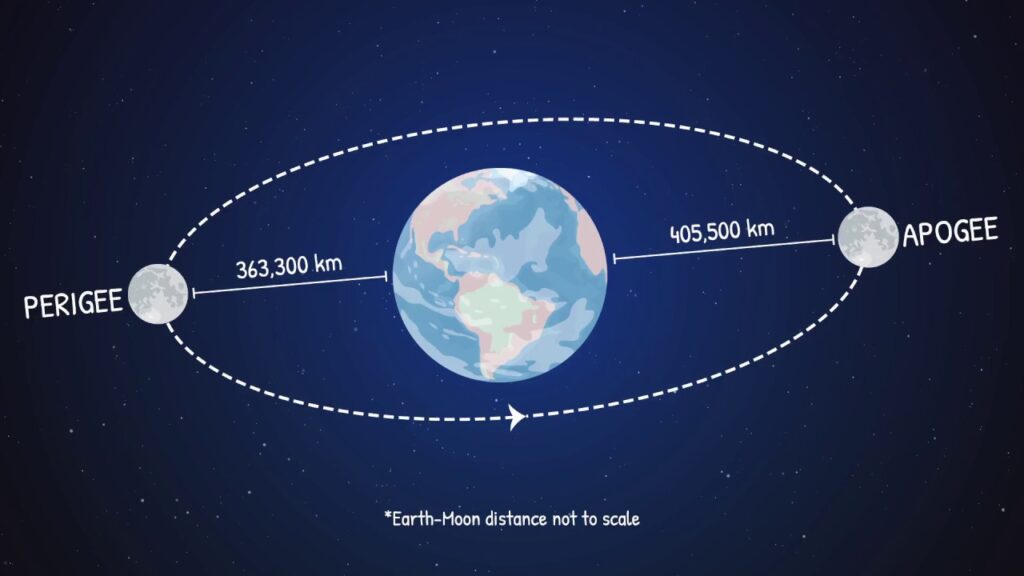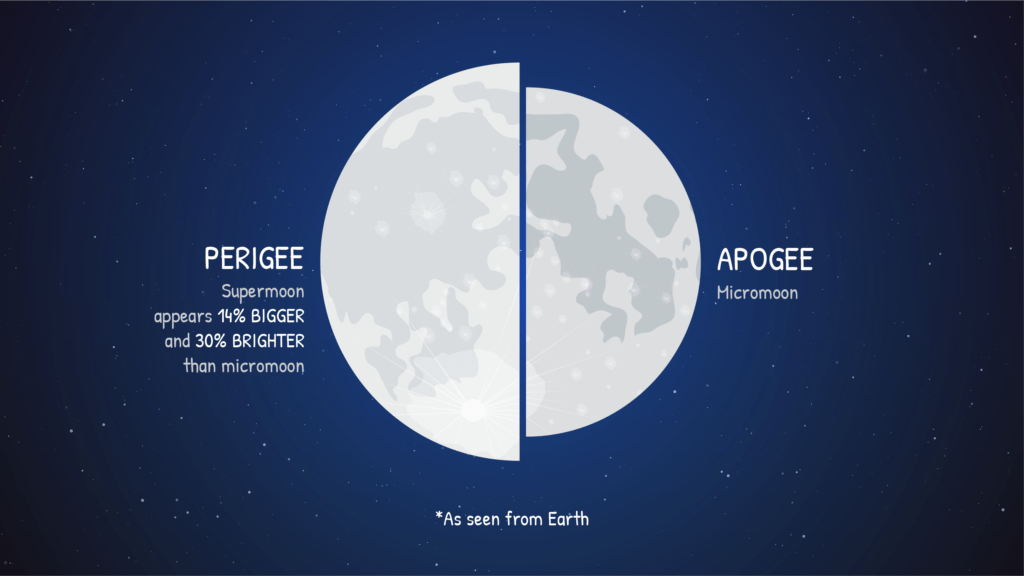Lunatics unite! On May 26, 2021 there will be a Supermoon coinciding with a total lunar eclipse – called a Super Blood Moon. But, you’ll have to be up early, and on the West Coast, to view all stages of the eclipse.
The lunar eclipse will begin at 1:47am PT, with the Moon being partially eclipsed by 2:45am PT, and FULLY eclipsed at 4:11am PT for just over 14 minutes. While perhaps not as “powerful” of a celestial events as a total solar eclipse, it is still cool to see the Moon’s brightness dissipate and turn a reddish glow (hence the “blood”) as it is encompassed by Earth’s shadow.
To talk a bit more about these events, I’m going to back it up a bit and describe what a Supermoon and a total lunar eclipse are.
What’s a Supermoon?
A Supermoon is a full Moon that coincides with it being at, or near, its closest to Earth. The Moon orbits Earth in an elliptical shape – not a circular – so there are times when the Moon is closer to the Earth than others. When it is at its closest, it is known as being at its “perigee” point. This makes the moon appear 14% bigger, which is most easily observed when the moon is rising or setting on the horizon and you have objects to contrast it against on your horizon (buildings, trees, mountains etc..)

A lot of people often get confused by the descriptors like a “pink” or “worm” Supermoon, and might expect the Moon to turn a pink colour, or see a bunch of Earthworm Jims on the surface. Rather, these descriptors reference the season or month that the Supermoon is occurring in. In this case, “pink” is referring to the moss pink seen in Spring time, and “worm” supposedly when earthworms or beetle larvae emerge from the soil after Winter.

What’s a Total Lunar Eclipse?
A total lunar eclipse occurs when the Moon is completely covered by the Earth’s shadow. This means that Earth is directly in between the Sun and the Moon, shielding it from the Sun. It’s very cool to watch the Moon slowly be engulfed by Earth’s shadow and turn a reddish colour, so I recommend getting up in time to watch this transition.

So, what’s with the red colour? As Forbes describes, “Short-wavelength blue light from the Sun hits molecules in Earth’s atmosphere and scatters, but longer-wavelength red and orange light mostly travels right through, striking fewer molecules. So the dominant color of light we’ll see on the Moon for that short time will be red.” Or, for the visual learners (*cough* me), watch the video below:
Bonus Moon Love
To cap it all off, check out this amazing image from Sacramento-based astronomy photographer Andrew McCarthy (who you should definitely follow on Instagram). This photo shows Mars emerging from behind the Moon.




Comments
This is dope! Can’t wait to check this out. Hope the sky’s clear.